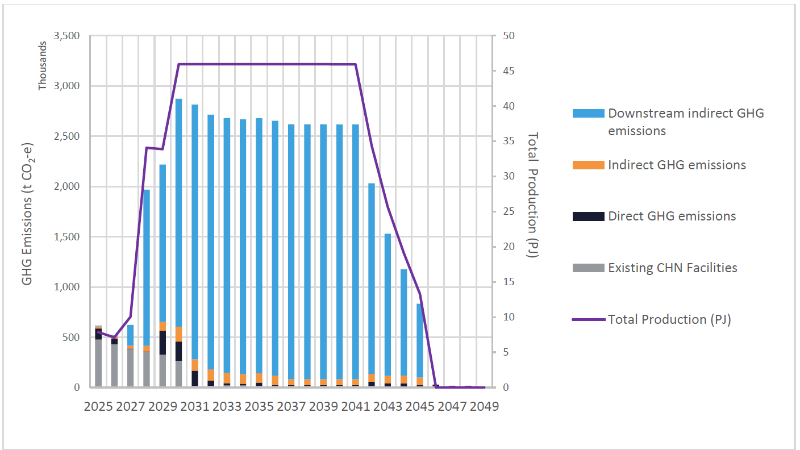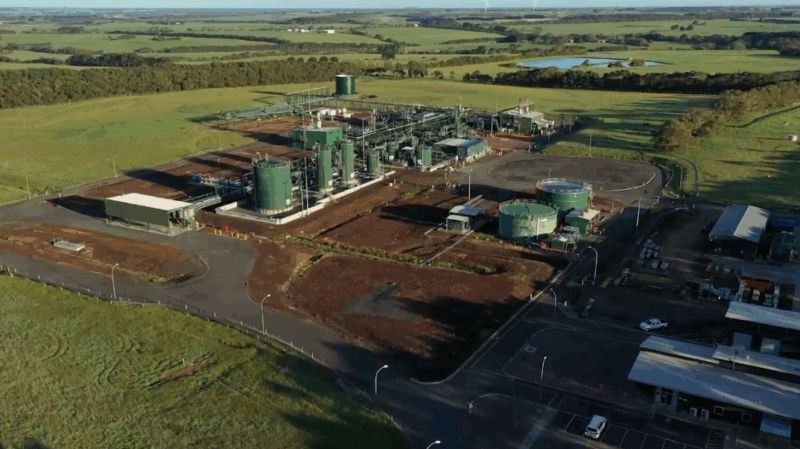At least two more oil and gas projects have been approved in the last 40 days, bringing the Albanese government’s fossil fuel approval tally to 21. Zach Szumer with the update.
The Albanese government’s fossil fuel approval tally has risen to at least 21, with an offshore gas project in Victoria being given the green light, and a smaller oil project in Western Australia granted a four-year extension.
In late June, Santos’ Simpson Oil Field off the coast of Karratha, WA, had its approval period extended from 2025 to 2029 by the environmental regulator, the EPBC.
Then, in early July, Australia’s offshore oil and gas regulator NOPSEMA approved Amplitude Energy’s East Coast Supply project off Victoria’s southwest coast.
As the name implies, the East Coast Supply project has been justified as necessary for meeting gas demand in south-east Australia.
The project “aligns with the Commonwealth Government’s Future Gas Strategy, which underscores the importance of gas in ensuring energy security, reliability and affordability and supports the broader economic transition”, Amplitude says in project planning documents.
Critics, like the Australia Institute, say there’s “no room in the global carbon budget to approve new gas mines” and the Future Gas Strategy,
locks Australia in for decades of more fossil fuel expansion.
Amplitude – a publicly listed company formerly known as Cooper Energy – expects the decommissioning of the project to wrap up in 2049.

Image Source: Cooper Energy Operational Production Plan (OPP) via NOPSEMA
East Coast Supply emissions
As with all the fossil fuel projects tallied by MWM, most of the greenhouse gas emissions from the East Coast Supply project will come from consumption of final products, not extraction or refinement of the raw materials.
However, seeing as the project’s gas is entirely for domestic consumption, Australia won’t be able to evade responsibility for these emissions, as we do for exported fossil fuels.
According to Amplitude’s estimates, the project will generate emissions of 41.2 million tonnes of carbon dioxide equivalent (CO2-e) over the lifetime of the project, of which 93% will come from burning the gas after it is extracted and refined.
Other recently approved gas projects, such as Santos’ Barossa (274 million tonnes CO2-e) and Woodside’s North-West Shelf (4.3 billion tonnes CO2-e), will lead to significantly more emissions.
The disparity in emissions between the domestic-focused Amplitude project and the export-focused Santos and Woodside projects illustrates a central issue: that Australia’s primary contribution to global warming is through the fossil fuels we export.
If you want to get your head around this, a good place to start is this recent article by Tim Baxter: Australia Emissions 101: It’s the exports.
MWM has not found emissions data for the Simpson Oil Field project – except for a 2001 WA EPA report that suggests lifetime emissions of 1.3 million tonnes CO2-e.
In late May, MWM reported that the Albanese government had approved or extended at least 19 fossil fuel projects and two carbon capture projects since taking office in 2022.
MWM’s tally only includes extractive projects, not supporting infrastructure such as gas pipelines or railways for coal mines.
It also only counts federal approvals, not those from state and territory governments.
Environment minister Murray Watt approves 4.3 billion tonnes of carbon emissions
Zacharias Szumer is a freelance writer from Melbourne. In addition to Michael West Media, he has written for The Monthly, Overland, Jacobin, The Quietus, The South China Morning Post and other outlets.
He was also responsible for our War Power Reforms series.

